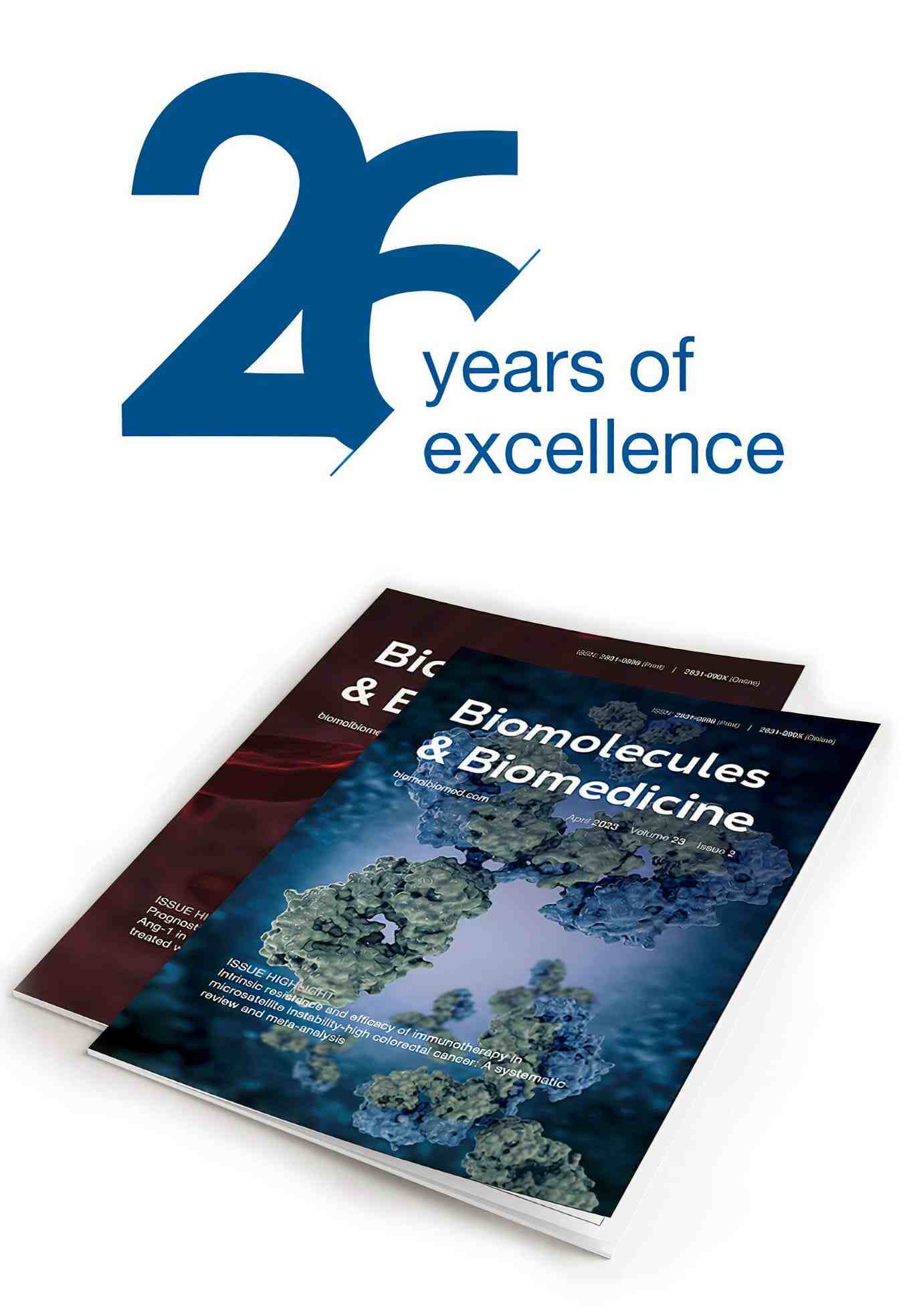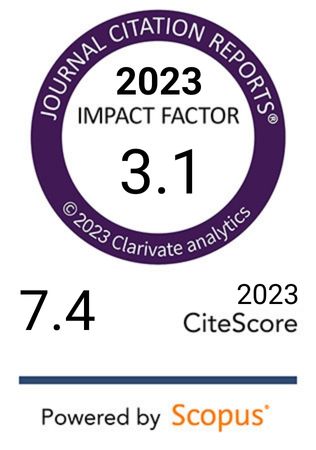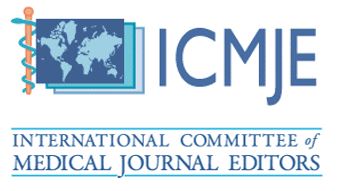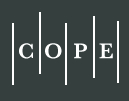Side effects assessment in glicolyc acid peelings in patients with acne type I
DOI:
https://doi.org/10.17305/bjbms.2011.2624Keywords:
superficial chemical peeling, glycolic acid, acne type I, side effectsAbstract
Chemical peeling implies the application of a chemical agent to the skin, which causes controlled destruction of a part or the entire epidermis, with or without the dermis, leading to exfoliation and removal of superficial lesions, followed by regeneration of new epidermal and dermal tissues. The present study was directed toward safety concerns associated with superficial chemical peeling with glycolic acid (GA) in different concentrations at patients with acne tip I. A sample of 90 patients of either sex, aged between 17 to 21 years, were included in the study and submitted to superficial chemical peeling for acne vulgaris. The study lasted eight weeks and peeling sessions were carried out in each patient. Tolerance to the procedure and any undesirable effects noted during these sessions were recorded. For data statistical analysis and interpretation of results, software program “SPSS version 13” was used. Results were expressed through the descriptive statistics, as simple frequencies and percentages, while for establishing of statistically significant differences, in use was Friedman’s test of significance. Almost all the patients tolerated the procedure well. Of totally 90 patients, only six, at the end of therapy experienced hard erythema, only ten, at the end of therapy experienced hard desquamation and only eleven, at the end of therapy experienced hard sensation of pulling of facial skin. Chemical peeling with glycolic acid is a well tolerated and safe treatment modality in acne type I.Citations
Downloads
Download data is not yet available.
Downloads
Additional Files
Published
20-02-2011
Issue
Section
Translational and Clinical Research
How to Cite
1.
Side effects assessment in glicolyc acid peelings in patients with acne type I. Biomol Biomed [Internet]. 2011 Feb. 20 [cited 2025 Apr. 19];11(1):52-7. Available from: https://www.bjbms.org/ojs/index.php/bjbms/article/view/2624
Received 2017-11-01
Accepted 2017-11-01
Published 2011-02-20
Accepted 2017-11-01
Published 2011-02-20









